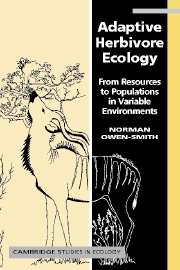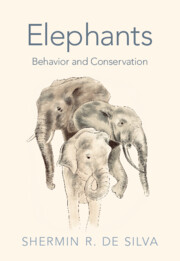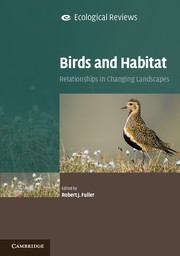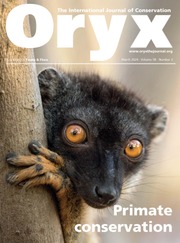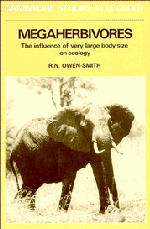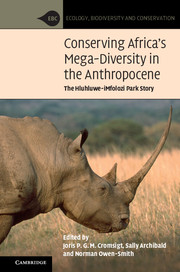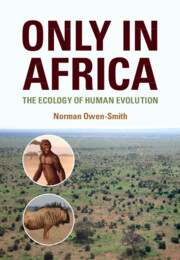Adaptive Herbivore Ecology
The adaptation of herbivore behaviour to seasonal and locational variations in vegetation quantity and quality is inadequately modelled by conventional methods. Norman Owen-Smith innovatively links the principles of adaptive behaviour to their consequences for population dynamics and community ecology, through the application of a metaphysiological modelling approach. The main focus is on large mammalian herbivores occupying seasonally variable environments such as those characterised by African savannahs, but applications to temperate zone ungulates are also included. Issues of habitat suitability, species coexistence, and population stability or instability are similarly investigated. The modelling approach accommodates various sources of environmental variability, in space and time, in a simple conceptual way and has the potential to be applied to other consumer-resource systems. This text highlights the crucial importance of adaptive consumer responses to environmental variability and is aimed particularly at academic researchers and graduate students in the field of ecology.
- A monograph text describing plant–herbivore interactions in the context of the large African mammalian herbivores such as impala and kudu
- Presents a simple modelling approach to describe consumer-resource interactions in space and time, which can potentially be applied to other ecological systems
- The author, Professor Norman Owen Smith, is a world-leading ecologist who was awarded the Honorary Membership of the Ecological Society of America
Reviews & endorsements
"...extremely easy to read and I have no doubt that many courses will use this book as material for teaching undergraduates. Having said that, graduates and researchers alike will find much to enjoy and debate in the book...Owen-Smith has done a sterling job in pulling the disparate theory of plant-herbivore interactions and the consequences for system dynamics into one book." Ecoscience
"...an enjoyable and informative addition to the ecological literature. Above all, it forced us to reassess the more standard approaches we typically take in the modeling of ecological dynamics and processes. We are convinced others will find the book equally stimulating and useful." Science
"...this volume is well written.... I would recommend this book to graduate students and researchers..." Quarterly Review of Biology
"This book presents a compendium of very interesting ungulate herbivore examples and representative data that could serve as the empirical foundations for many productive empirical-theoretical collaborations. Get the book..." Ecology
Product details
May 2012Adobe eBook Reader
9781139239097
0 pages
0kg
This ISBN is for an eBook version which is distributed on our behalf by a third party.
Table of Contents
- Acknowledgements
- Acronym and symbol conventions
- 1. Conceptual origins: variability in time and space
- 2. Consumer-resource models: theory and formulation
- 3. Resource abundance: intake response and time frames
- 4. Resource distribution: patch scales and depletion
- 5. Resource quality: nutritional gain and diet choice
- 6. Resource constraints: physiological capacities and costs
- 7. Resource allocation: growth, storage and reproduction
- 8. Resource production: regeneration and attrition
- 9. Resource competition: exploitation and density dependence
- 10. Resource-dependent mortality: nutrition, predation and demography
- 11. Habitat suitability: resource components and stocking densities
- 12. Resource partitioning: competition and coexistence
- 13. Population dynamics: resource basis for instability
- 14. An adaptive resource ecology: foundation and prospects
- References
- Index.

